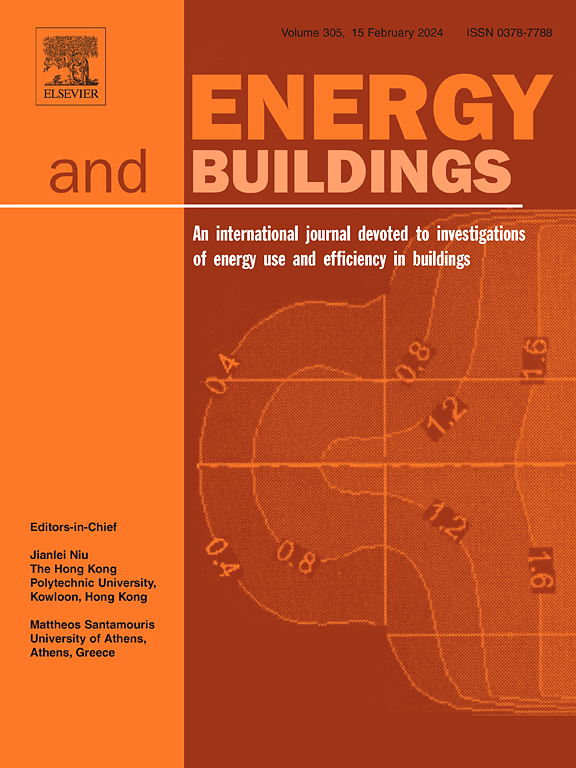Control strategies for heat pumps in a residential area under consideration of system operator benefits and grid stability
IF 6.6
2区 工程技术
Q1 CONSTRUCTION & BUILDING TECHNOLOGY
引用次数: 0
Abstract
The energy sector faces challenges due to the increasing use of weather-depending renewables in power generation. The resulting fluctuations must be balanced through storage technologies and Demand Side Management (DSM) methods. Heat pumps are generally recognized as shiftable loads for DSM. More and more heat pump manufacturers in Germany are using the Smart-Grid- (SG-) Ready interface, which enables grid operators on the one hand and system operators on the other hand to control heat pumps for the purpose of DSM aiming at either grid power balancing (grid operator friendly) or to increase the self-consumption rate of the residential energy system (system operator friendly). The presented work aims at a compromise between those two goals. To this end, different control strategies for SG-Ready enabled solar and heat pump systems are implemented in a simulation framework and evaluated for a residential area using different key performance indicators. The results show that a control strategy based on a dynamic price signal (PRBC2) with rule-based control and well-chosen switching points, taking into account considered building energy systems and environmental conditions used here, represents the best compromise between system operator friendly behavior and grid operator serviceability. The choice of switching points for the heat pump in the course of the price signal is crucial here, and must take into account the consumption and generation profiles of the local residential areas. The fulfillment value of the key indicators considered here for the representative residential area is 63.9%, whereas the value with the reference operating strategy, in which the heat pump is operated exclusively in SG-Ready Mode 2, is only 50.6%.
求助全文
约1分钟内获得全文
求助全文
来源期刊

Energy and Buildings
工程技术-工程:土木
CiteScore
12.70
自引率
11.90%
发文量
863
审稿时长
38 days
期刊介绍:
An international journal devoted to investigations of energy use and efficiency in buildings
Energy and Buildings is an international journal publishing articles with explicit links to energy use in buildings. The aim is to present new research results, and new proven practice aimed at reducing the energy needs of a building and improving indoor environment quality.
 求助内容:
求助内容: 应助结果提醒方式:
应助结果提醒方式:


